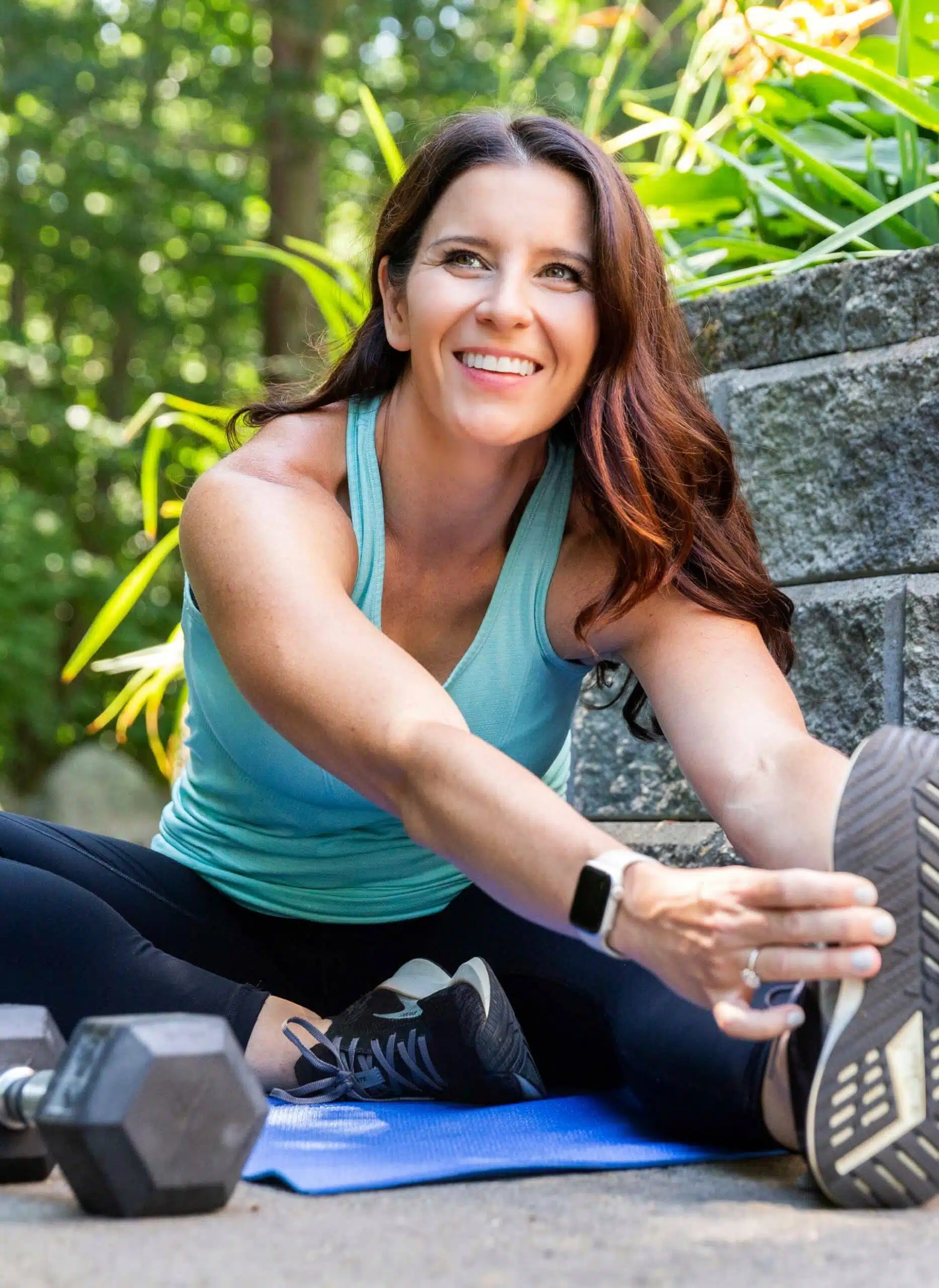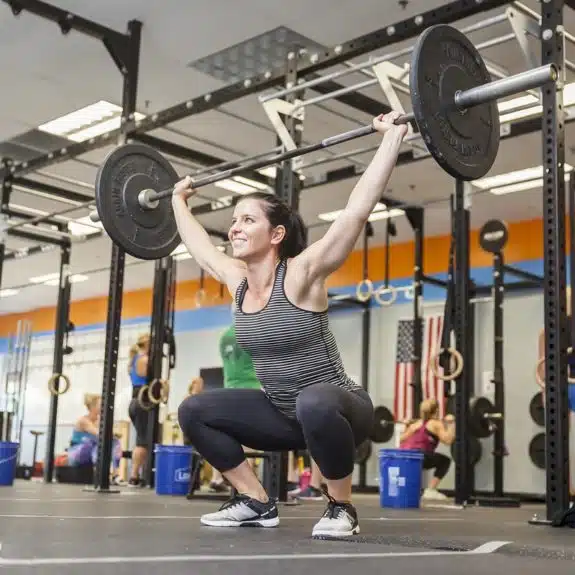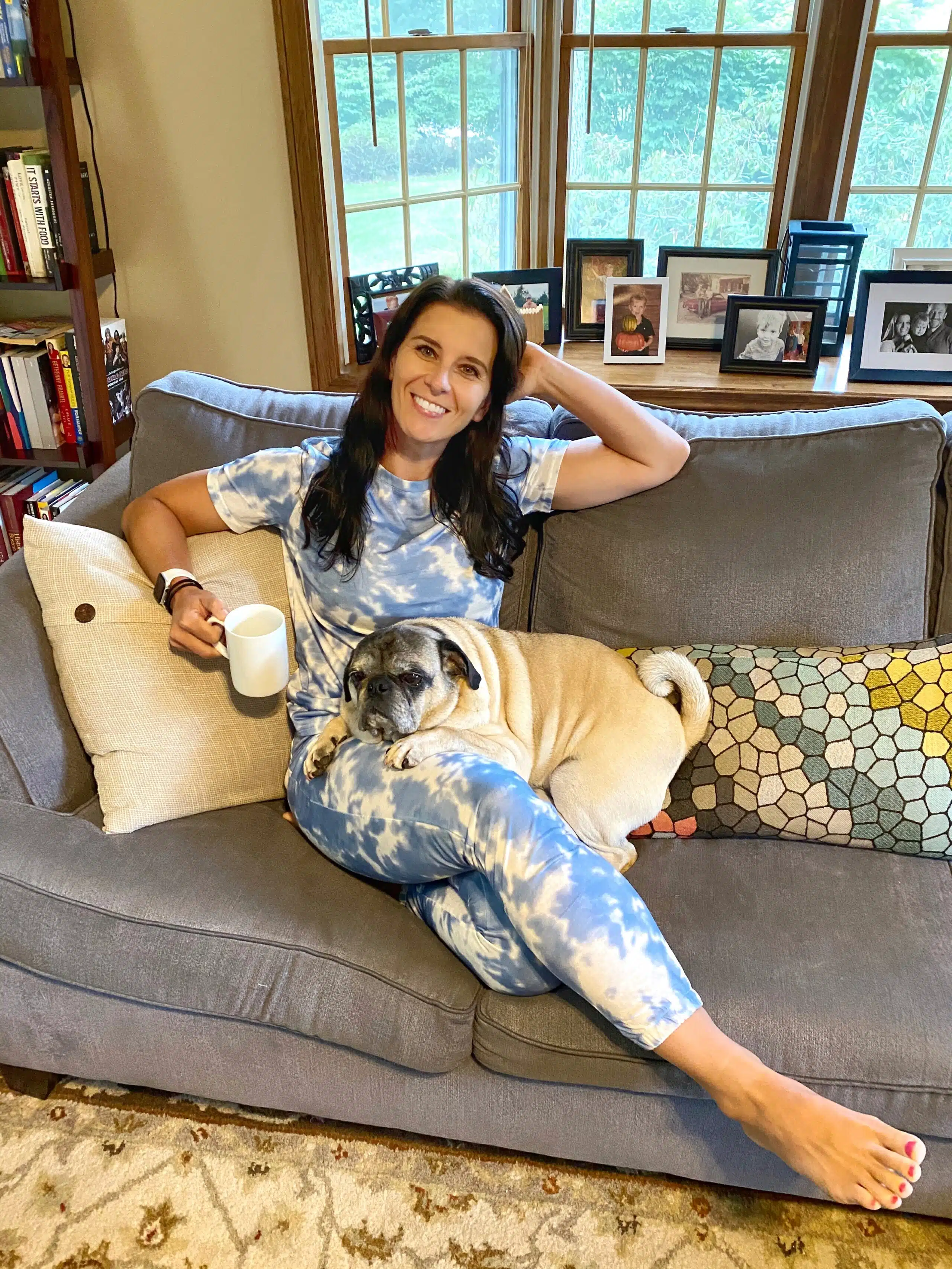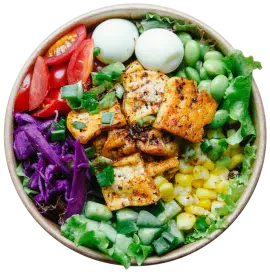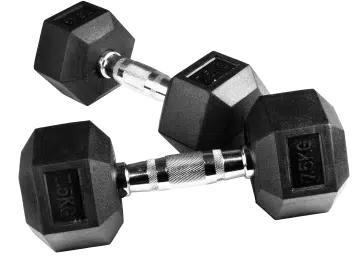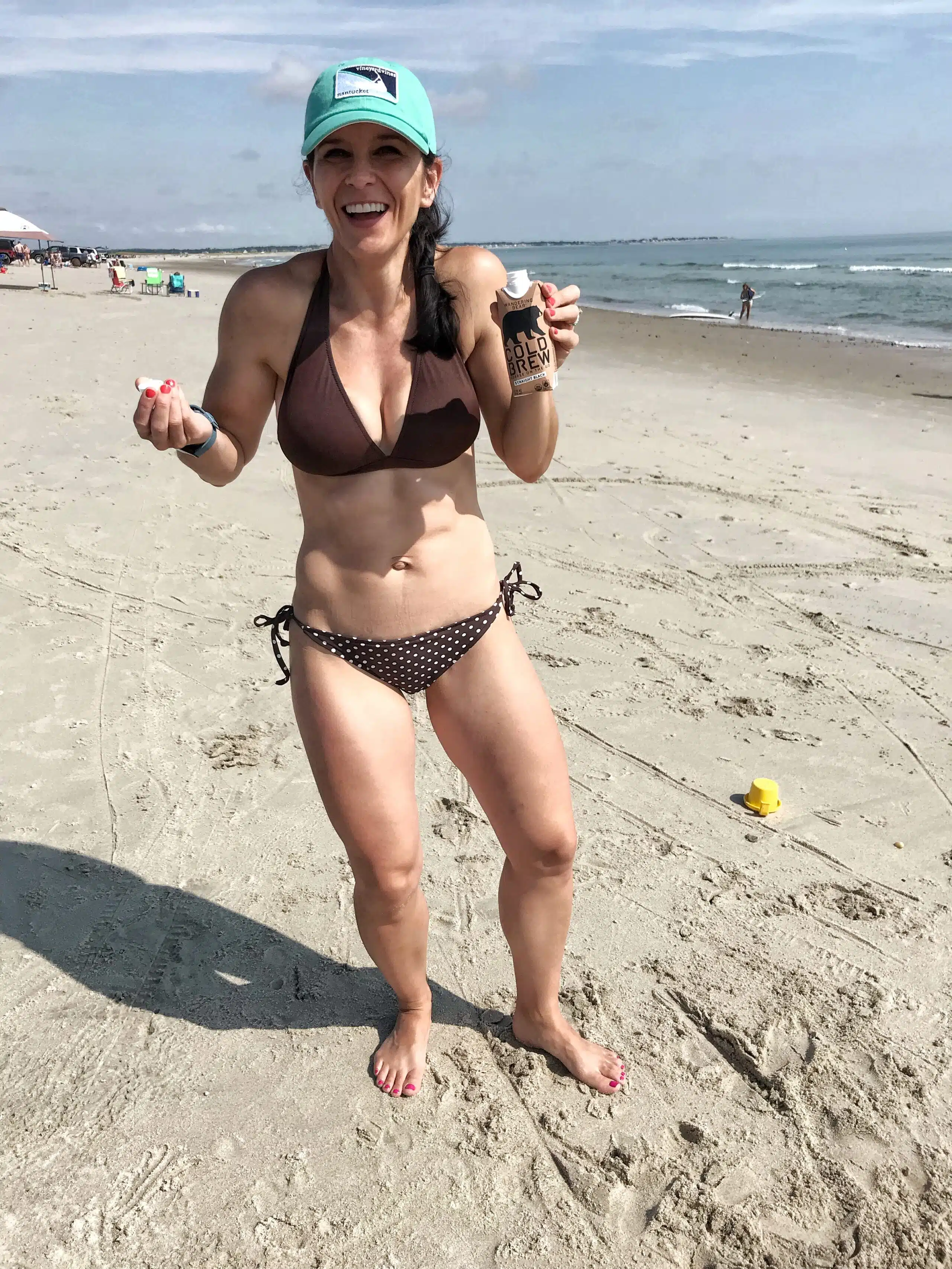
Ep221: Developing the Right Mindset for Fat Loss
In this episode, Tina talks about the importance of having the right mindset when it comes to losing weight. She shares real-life strategies to implement, mindset shifts to make, and gets clear on the goals and expectations needed for a

